Overview of the smartphone ASUS ZenFone 3 Laser
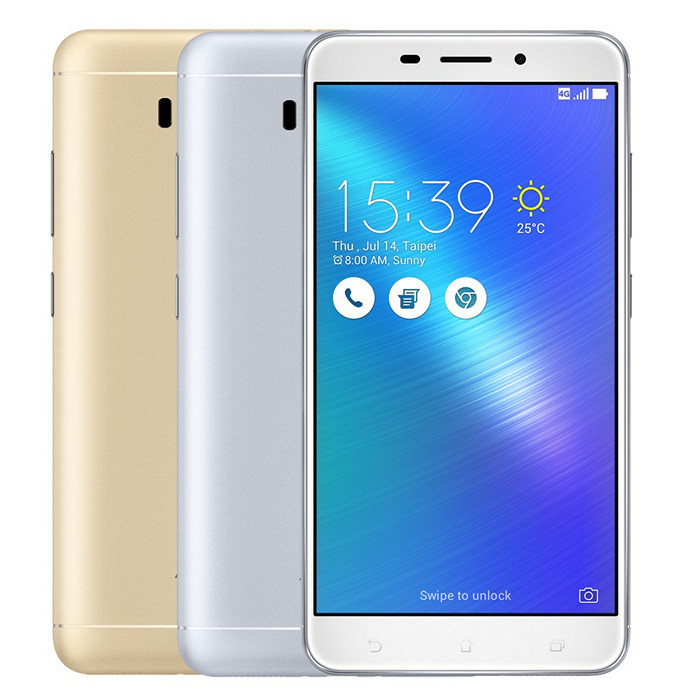
The hero of our review is another smartphone from the updated ZenFone line - ZenFone 3 Laser (ZC551KL), the “successor” of the same model from the previous line, ZenFone 2 Laser .
Specifications
Processor : 64-bit, quad-core Qualcomm Snapdragon 430
Graphics processor : Adreno 505
Display : 5.5-inch, Full HD (1920 x 1080). Safety glass Corning Gorilla 3 with rounded edges.
RAM : 2 GB LPDDR3
Built-in memory : eMMC 32 GB
Micro SD slot : up to 128 GB
Battery : 3000mAh (non-removable)
Audio : Advanced speaker with 5 magnets. Supports ASUS SonicMaster 3.0 technology. Amplifier NXP Smart AMP to increase the volume of sound.
Video : Three-axis electronic image stabilization.
Wireless : 802.11b / g / n. Bluetooth V 4.2 + A2DP + AVRCP + HID + PAN + OPP
Navigation : GPS / A-GPS / GLONASS / BDSS
SIM cards : You can use either two nano-SIM cards at the same time, or one nano-SIM card and a micro SD card. Both SIM card slots support 3G WCDMA / 4G LTE standards, but only one of the SIM cards can connect to the 3G WCDMA / 4G LTE network, and not two at a time.
Network standards : WCDMA / LTE / TDD-LTE / FDD-LTE
NFC : No
Connectors : Micro USB. 3.5 mm combined audio jack.
Cameras :
Frontal: 8 megapixel f / 2.0 aperture.
Rear: 13 megapixel f / 2.0 aperture.
Operating system : Android 6.0 with ASUS ZenUI 3.0 user interface.
Color : golden / silver metal
Dimensions : 149 x 76 x 7.9 mm (L x W x H)
Weight : 150 gr.
AnTuTu specifications











Appearance
Included with the smartphone is a snow-white headset with several pairs of interchangeable ear cushions of different sizes.
')
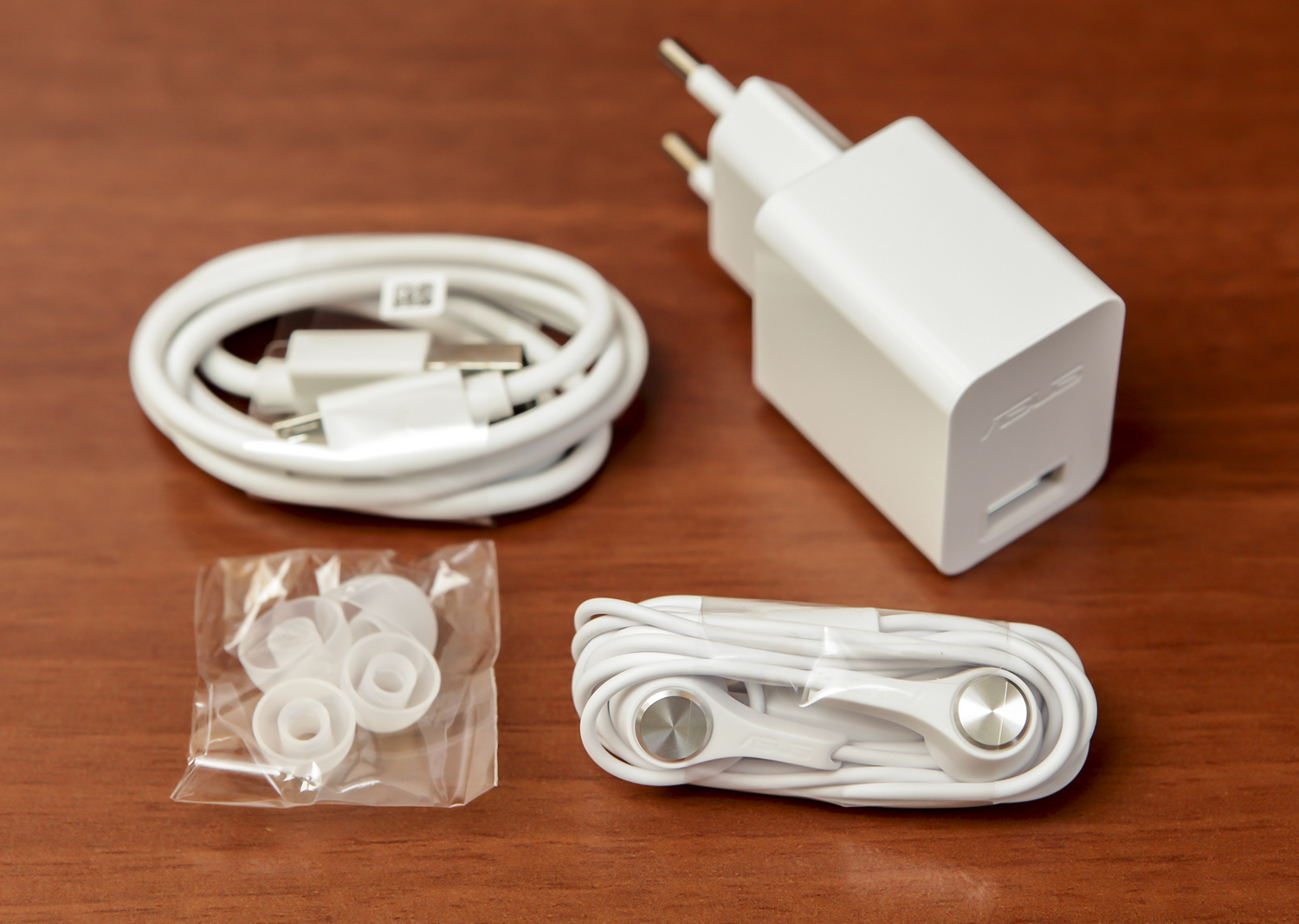
ZenFone 3 Laser in its design is somewhat different from other new line of ZenFone. If other smartphones - ZenFone 3 , ZenFone 3 Ultra - are, conditionally, “sandwiches” from two planes, then the aluminum Laser case has rounded outlines.
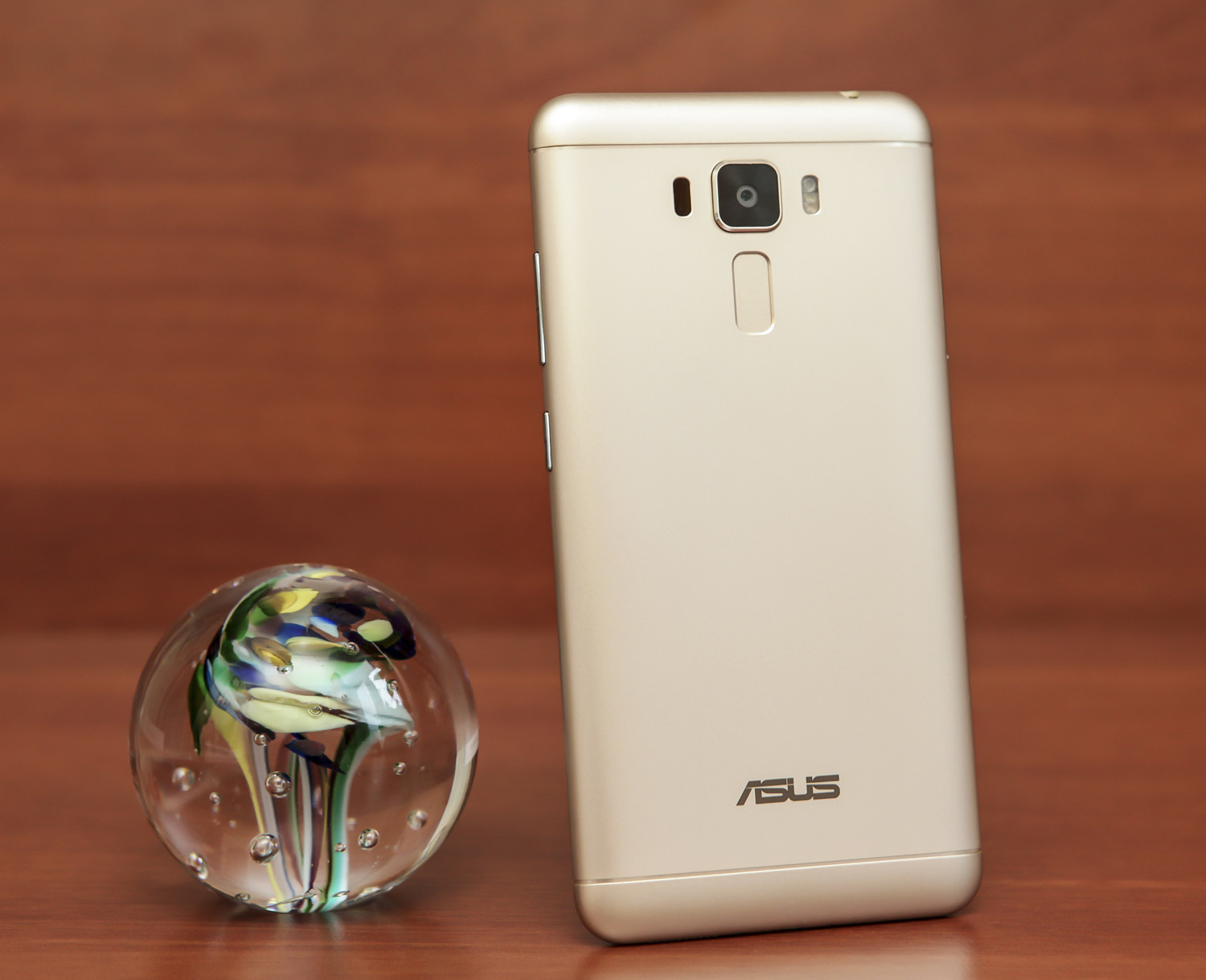
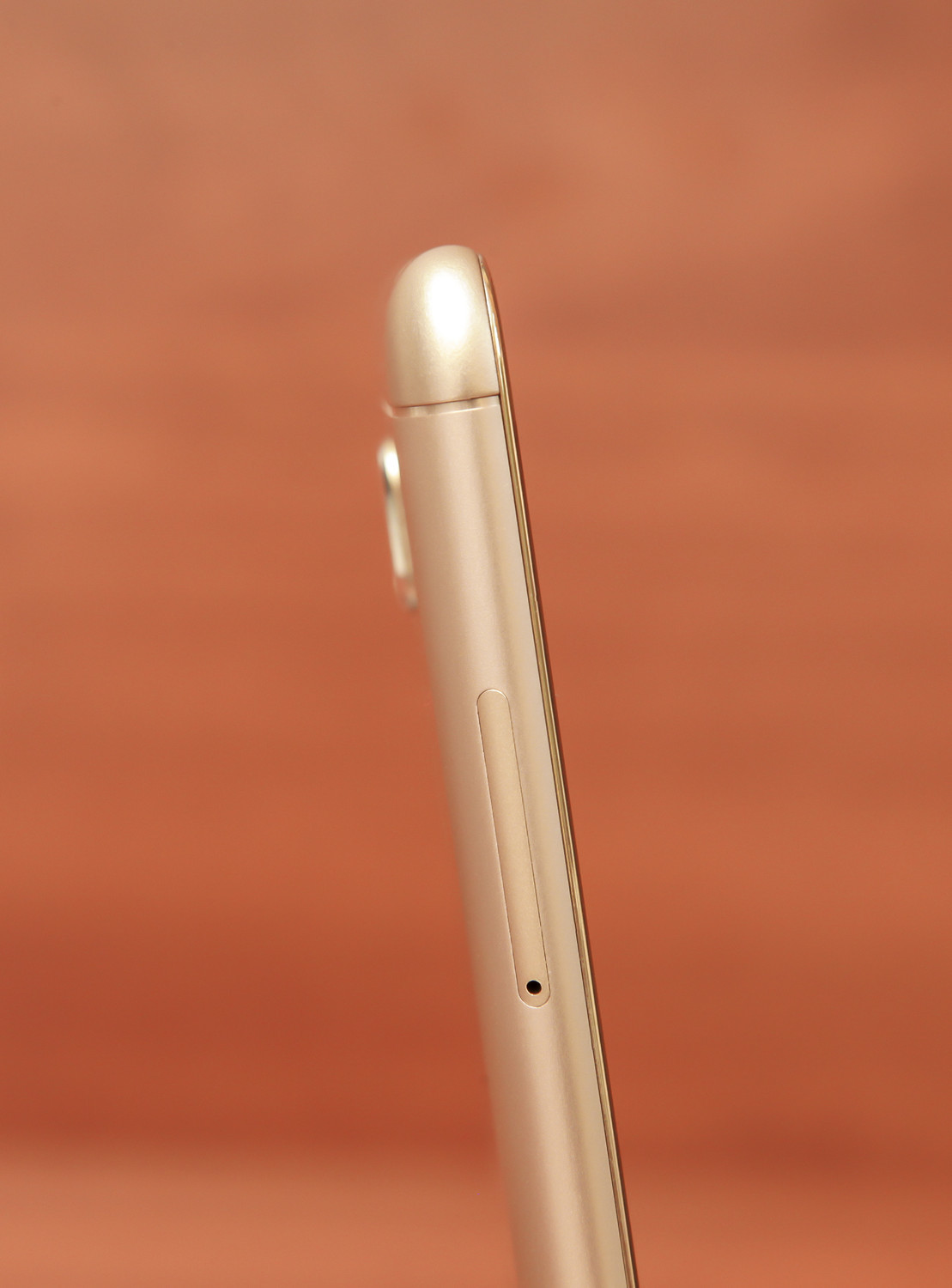
The laser autofocus system sensor is located to the left of the camera, and the RGB sensor and two-color flash are located to the right. Under the camera is a multifunctional fingerprint scanner, like a few older models. Then we look at it in more detail.

On top of the audio jack is located.
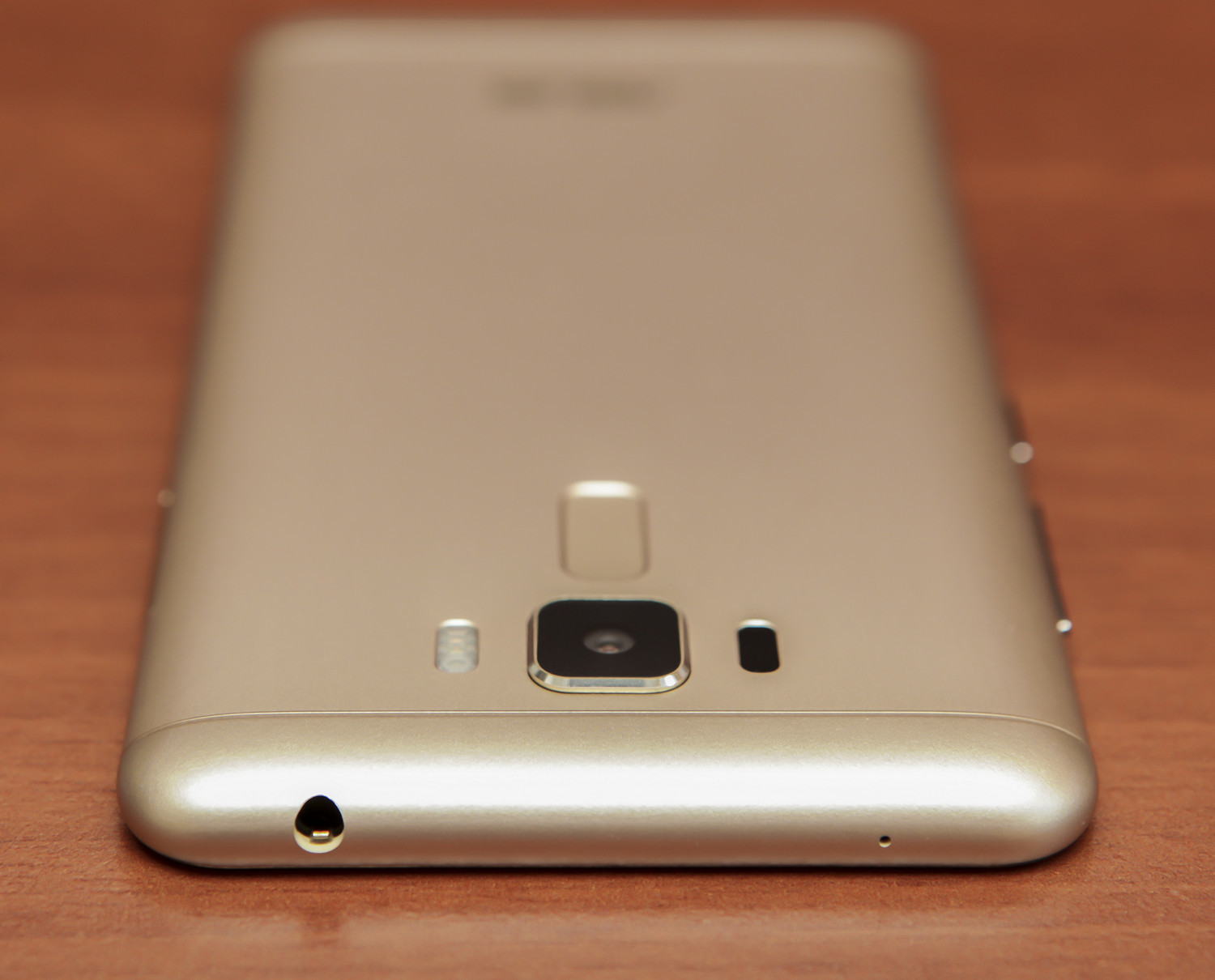
Bottom - mesh speaker and microUSB connector.
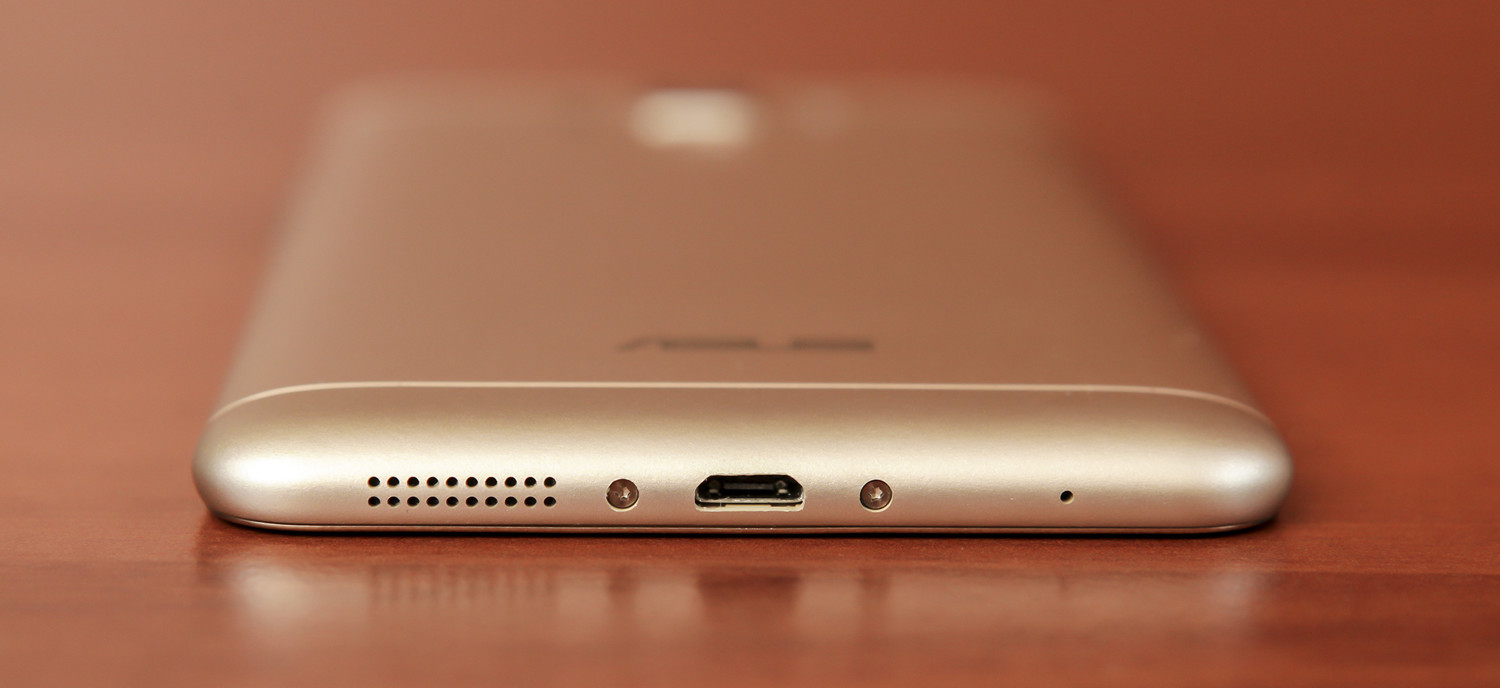
On the right are the buttons for adjusting the volume and turning on the smartphone.
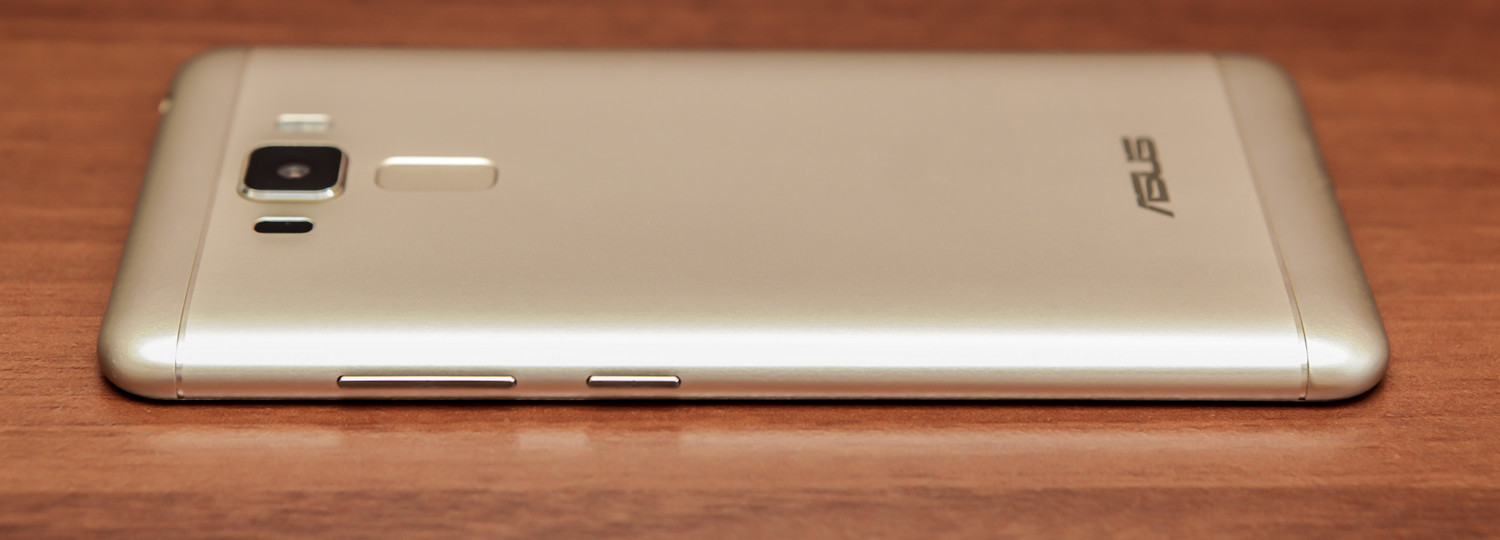
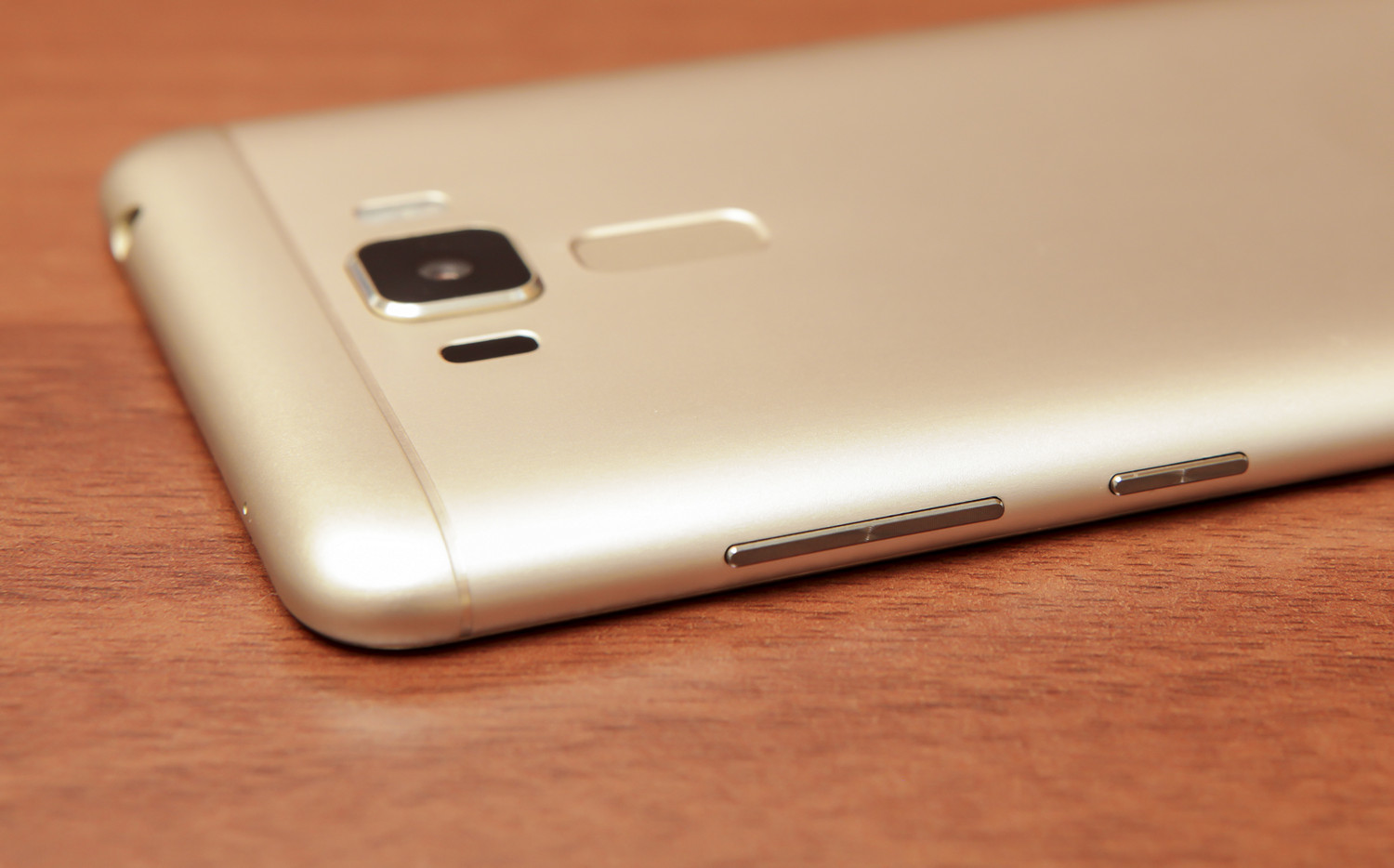
On the left is a combo tray for SIM cards and a memory card.

The entire front side is covered with a Gorilla Glass 3 with rounded edges.
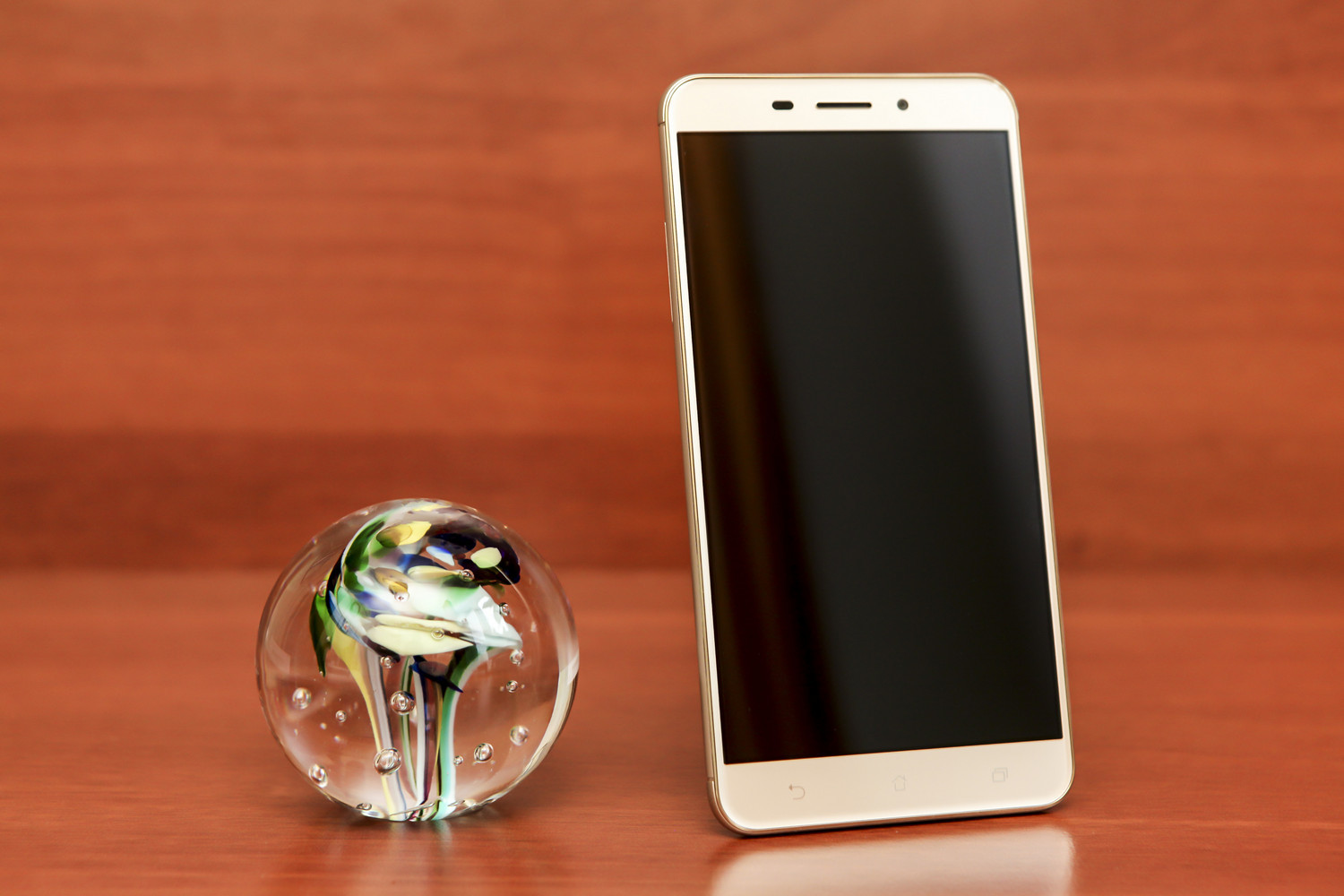
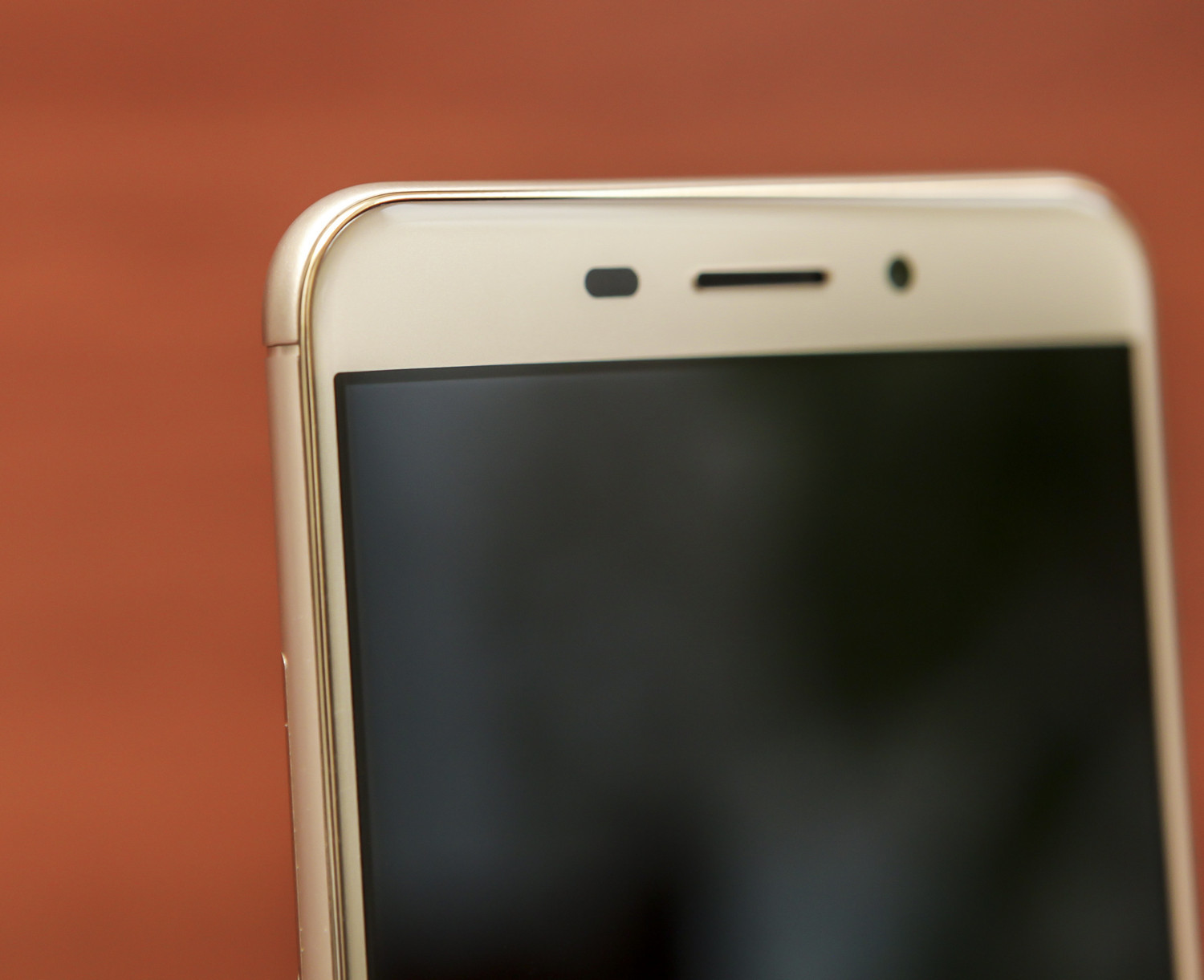
The contour of the glass is golden decorative frame.
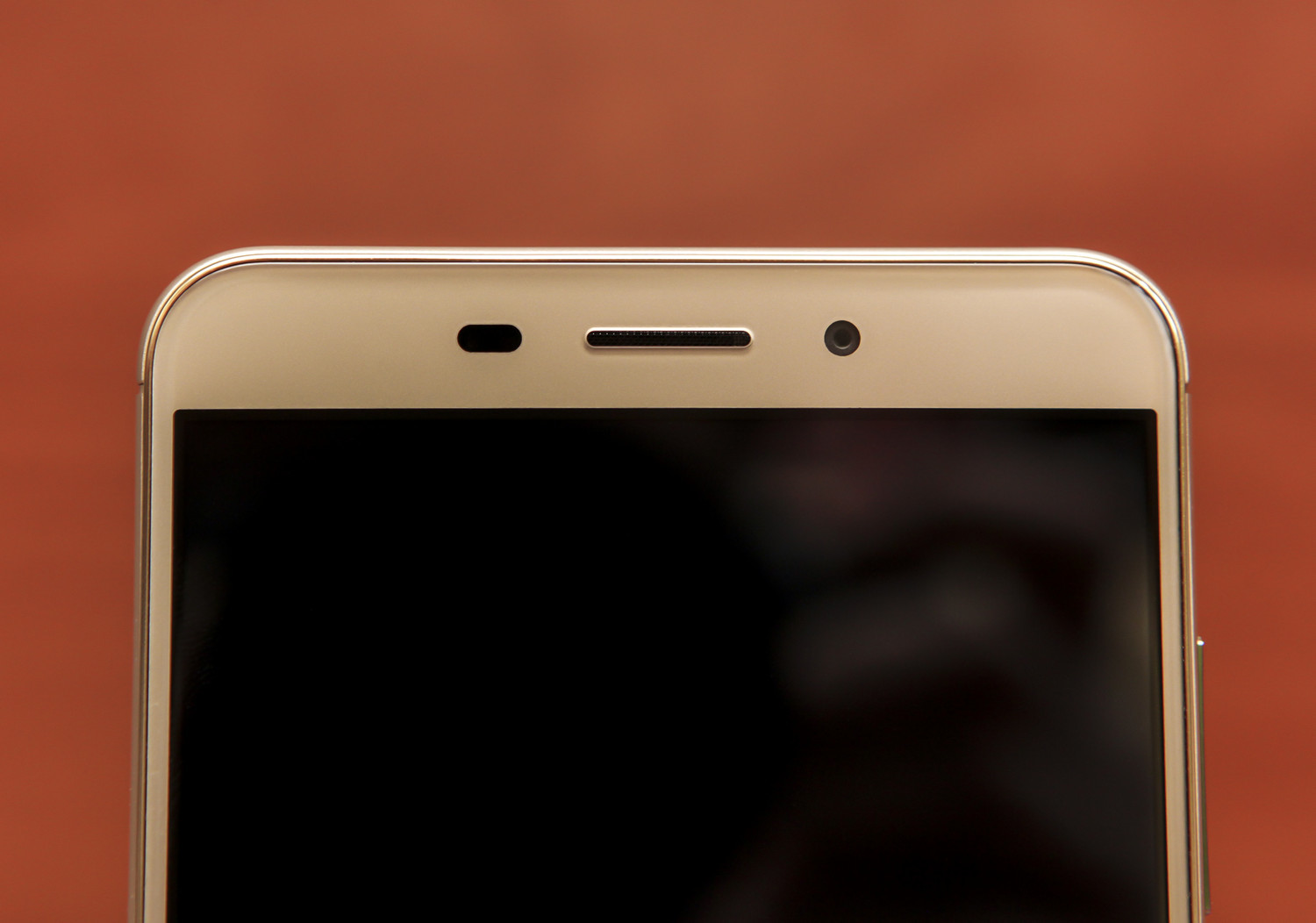
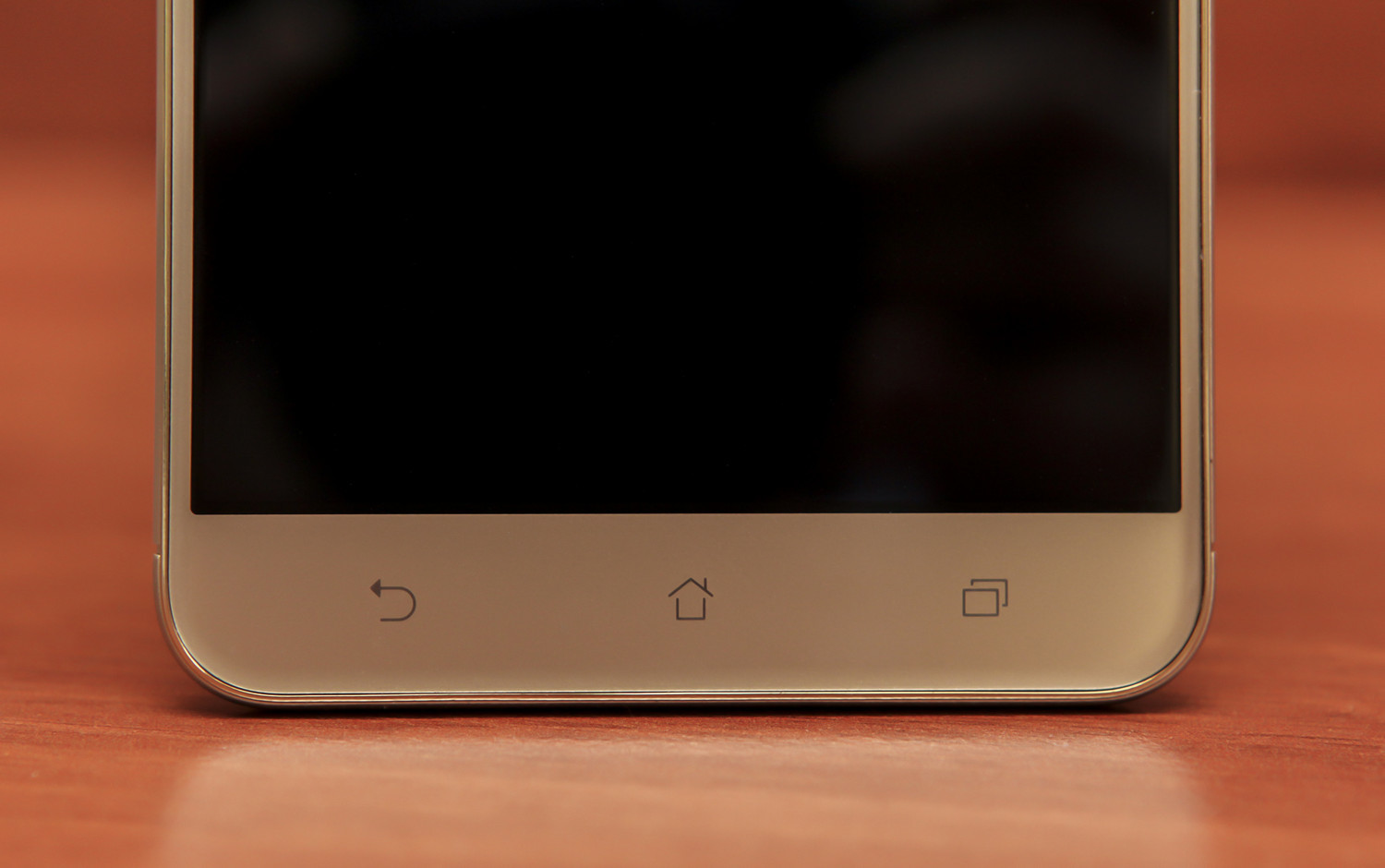
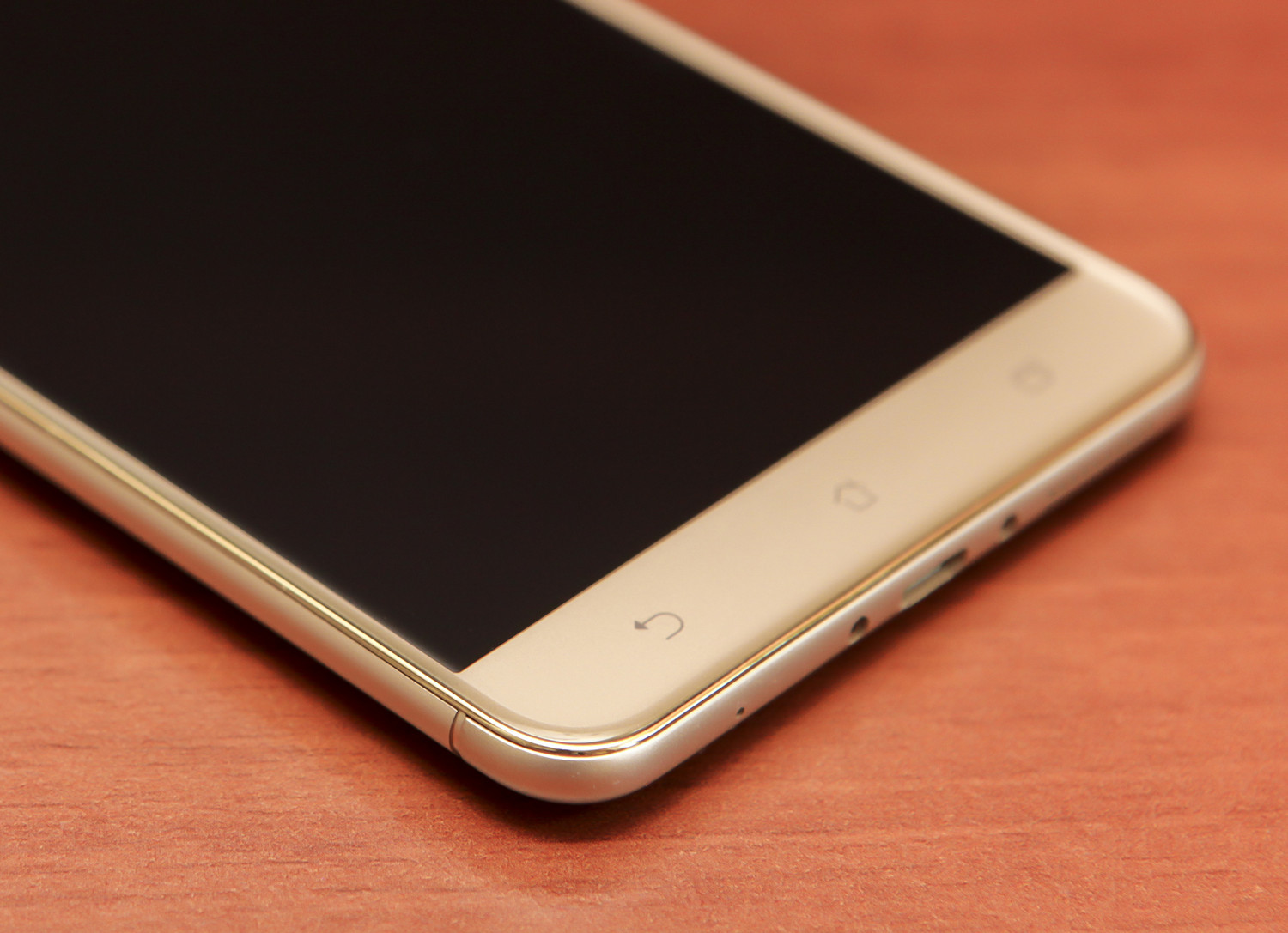

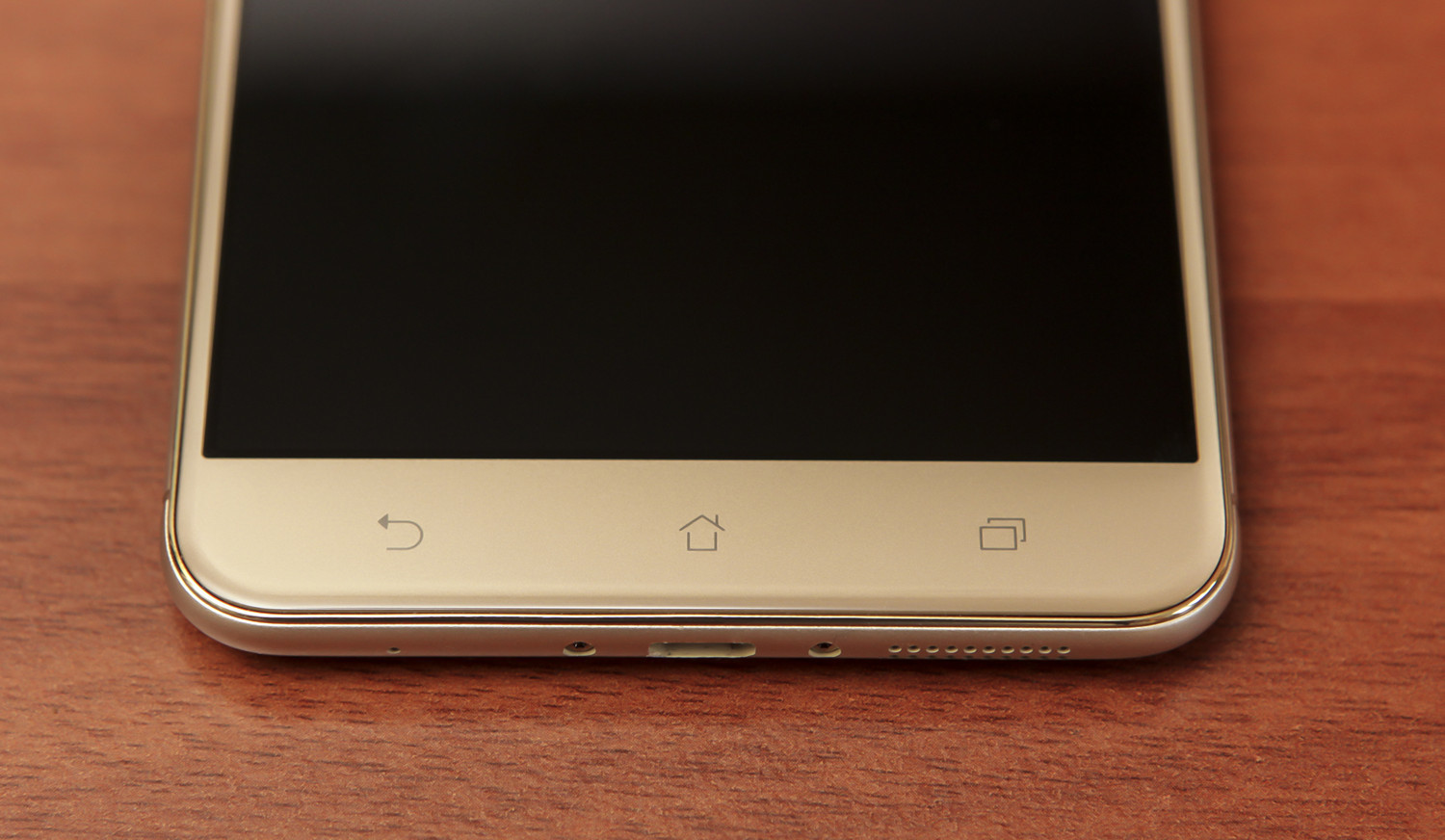
Display
ZenFone 3 Laser is equipped with a 5.5-inch display with a resolution of 1920x1080. With such a diagonal larger and not necessary - the image looks completely smooth, without steps of pixels. The color quality is very decent, although somewhat inferior to the more expensive models from the ZenFone 3 line. However, this can be seen only by putting smartphones nearby, but with normal use I have nothing to reproach the Laser display. By the way, his brightness is also decent - 500 cd / m2.
Sound
As a "speaker system" ZenFone 3 Laser uses a five-magnetic speaker. For the sound quality is responsible proprietary software and hardware SonicMaster 3.0, and for the volume - amplifier NXP Smart Amplifier. It is possible that the amp of the same model as in the ZenFone 3 Ultra . All together it sounds really loud and rather pleasant.
Camera
The word Laser carried into the title underlines one of the main features - the system of instant focus. It really works very quickly, I have never had it so that after clicking on an object on the screen there was a tedious pause, after which the smartphone was finally induced.
The camera uses a 13-megapixel Sony IMX214 CMOS-matrix. Aperture - f / 2.0. There is no optical stabilization, only electronic. This means that the system analyzes the movement of the image on the matrix and tries to compensate for this to some extent. Stabilization is valid for both photo and video. Using an RGB sensor located near the flash, the smartphone measures the color temperature of the illuminance and introduces an amendment when shooting that improves color reproduction.
As in the older models, in ZenFone 3 there is a dynamic HDR mode: you immediately see on the screen what the HDR frame will look like, without having to first remove and then watch. The fact is that the image taken from the matrix is not processed by the central processor of the smartphone, but by the built-in processor of the camera module. And the introduction of dynamic HDR mode has become possible due to the increased performance of processing processors. Also, someone will be useful mode "super resolution": the camera takes a picture, and then extrapolates it and increases the resolution of the final frame 4 times, to 52 megapixels.
For fans of selfies in ZenFone 3 Laser, a useful feature has appeared: if you run from the fingerprint scanner from top to bottom, the front camera is activated. And to make a frame, you do not have to change the grip and drag your finger to the screen, simply press the same scanner once.
Photo examples
Performance and work experience
At the heart of the ZenFone 3 Laser is a 64-bit Qualcomm Snapdragon 430 quad-core processor . RAM - 2 or 4 GB. Depending on the model, 32 or 64 GB are available for data storage. If this is not enough for you, you can take a memory card with one of the slots for SIM-cards. In this case, you can insert only one SIM card: a smartphone does not allow using two SIM cards and a memory card at the same time, only two SIM cards or only a SIM card and microSD.
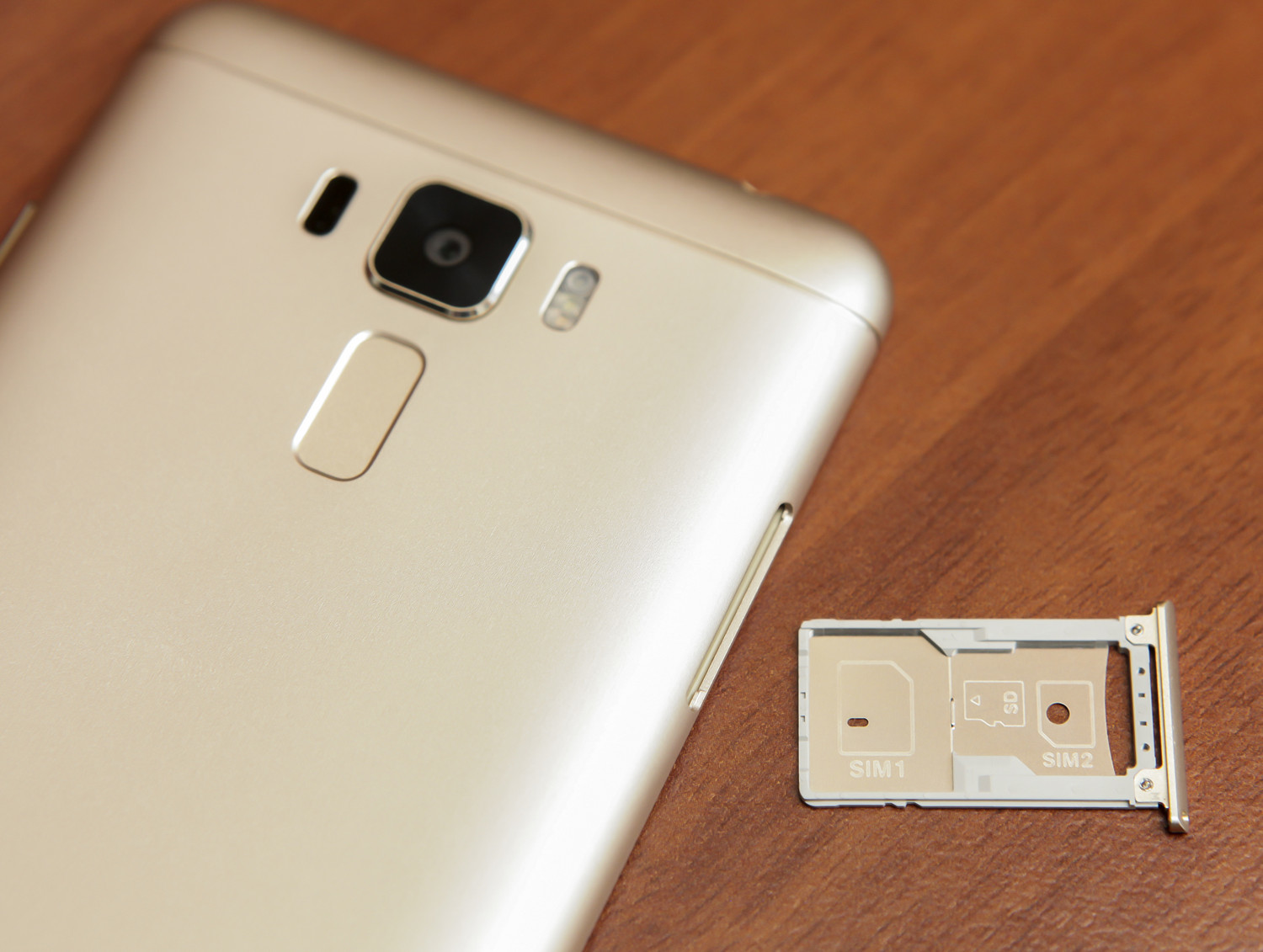
Performance ZenFone 3 Laser is enough for almost any task, I have not encountered the brakes. Only some large, overloaded JavaScript pages were scrolling and scrolling hard.
Returning to the fingerprint scanner again: its location on the back wall is subjectively more convenient for unlocking than combining with the home button. When you take the smartphone in your hand, the index finger is applied with a more natural movement than when you push the button on the front side with your thumb. In addition, the scanner can be used to answer incoming calls, so that, again, do not reach for the display with your thumb. You can also assign up to five frequently used applications to different fingers. Although this function seemed rather controversial to me: try to comfortably press the scanner with your little finger or ring finger. And there is no point in considering the option of changing hands at all; it’s easier to display a shortcut on the screen.
Benchmark Results
Vellamo
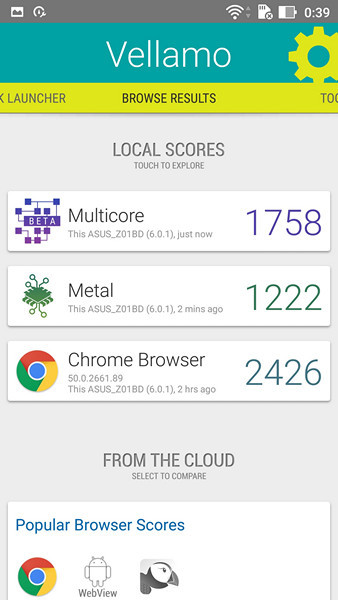
3Dmark
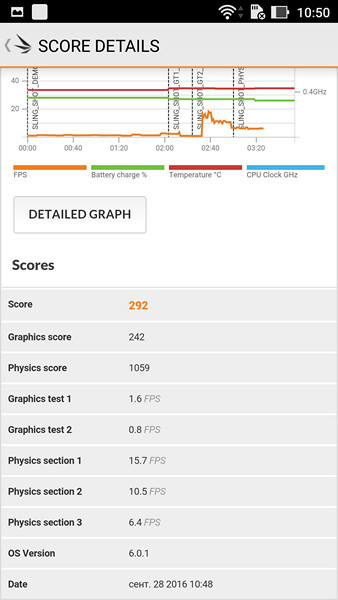
PCmark
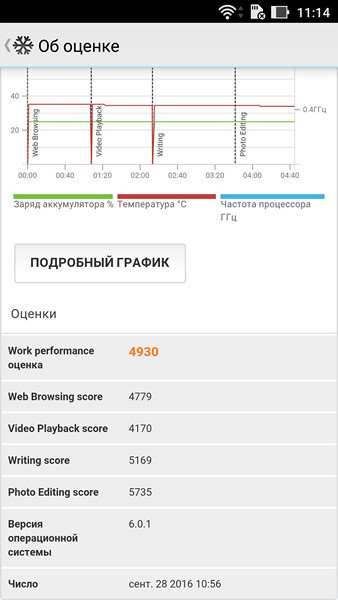
Gfxbench

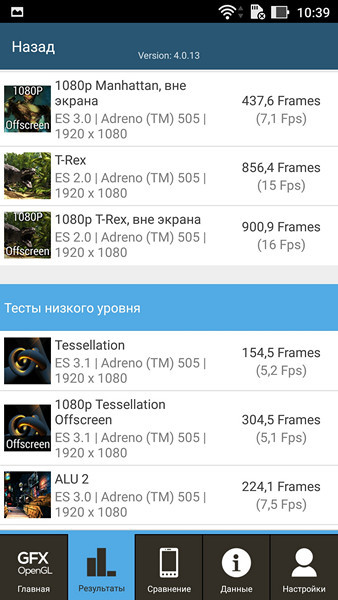
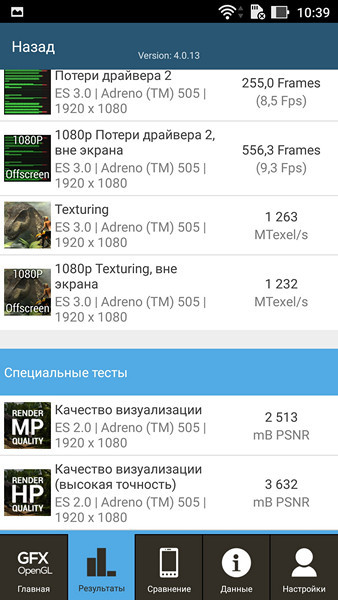
Geekbench
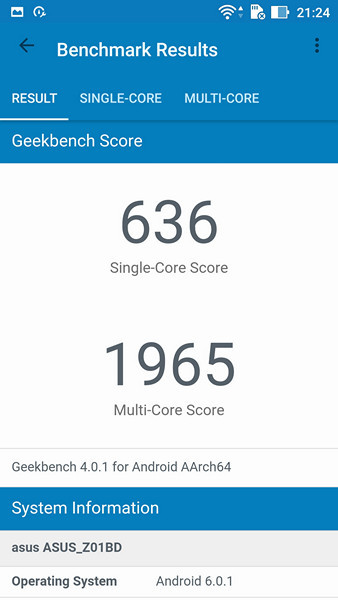
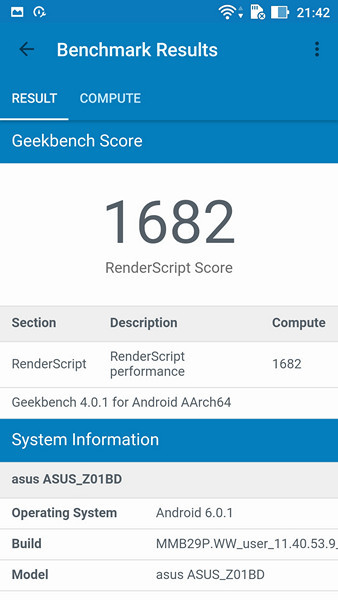
AnTuTu
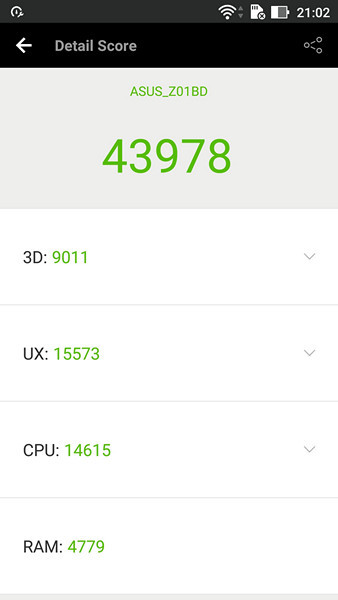

3Dmark

PCmark

Gfxbench



Geekbench


AnTuTu

Like all new ASUS, ZenFone 3 Laser is running Android 6.0 with a proprietary graphical shell ZenUI 3.0, with the ability to install a variety of themes, free and paid.
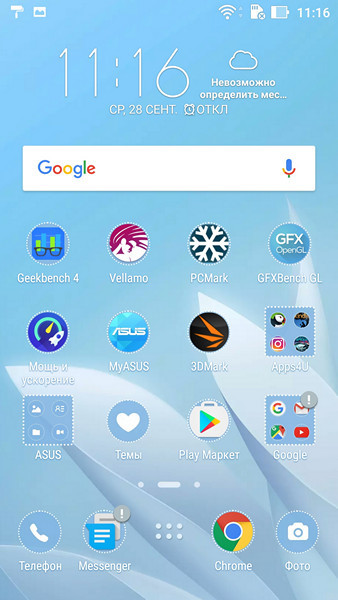
A set of additional applications is traditional:

The battery capacity is 3000 mAh, as in the ZenFone 3 . During load testing - surfing, video - the smartphone worked for about 13 and a half hours.
Conclusion
ZenFone 3 Laser refers to the average price range in the ZenFone lineup. It has not the highest resolution of the camera, the processor is simpler and the case is not so rich. But at the same time, performance is enough for everyday tasks, an excellent display, and the battery is no worse than the more expensive ZenFone 3. The camera is equipped with a very fast focusing system and an RGB sensor, supports the same shooting modes as the more advanced models in the ZenFone lineup.
So if you do not need the wide multimedia capabilities of ZenFone 3 Ultra, or a more powerful stuffing, an advanced camera and a spectacular ZenFone 3 case, the Laser is a worthy candidate for the role of novelty in your pocket.
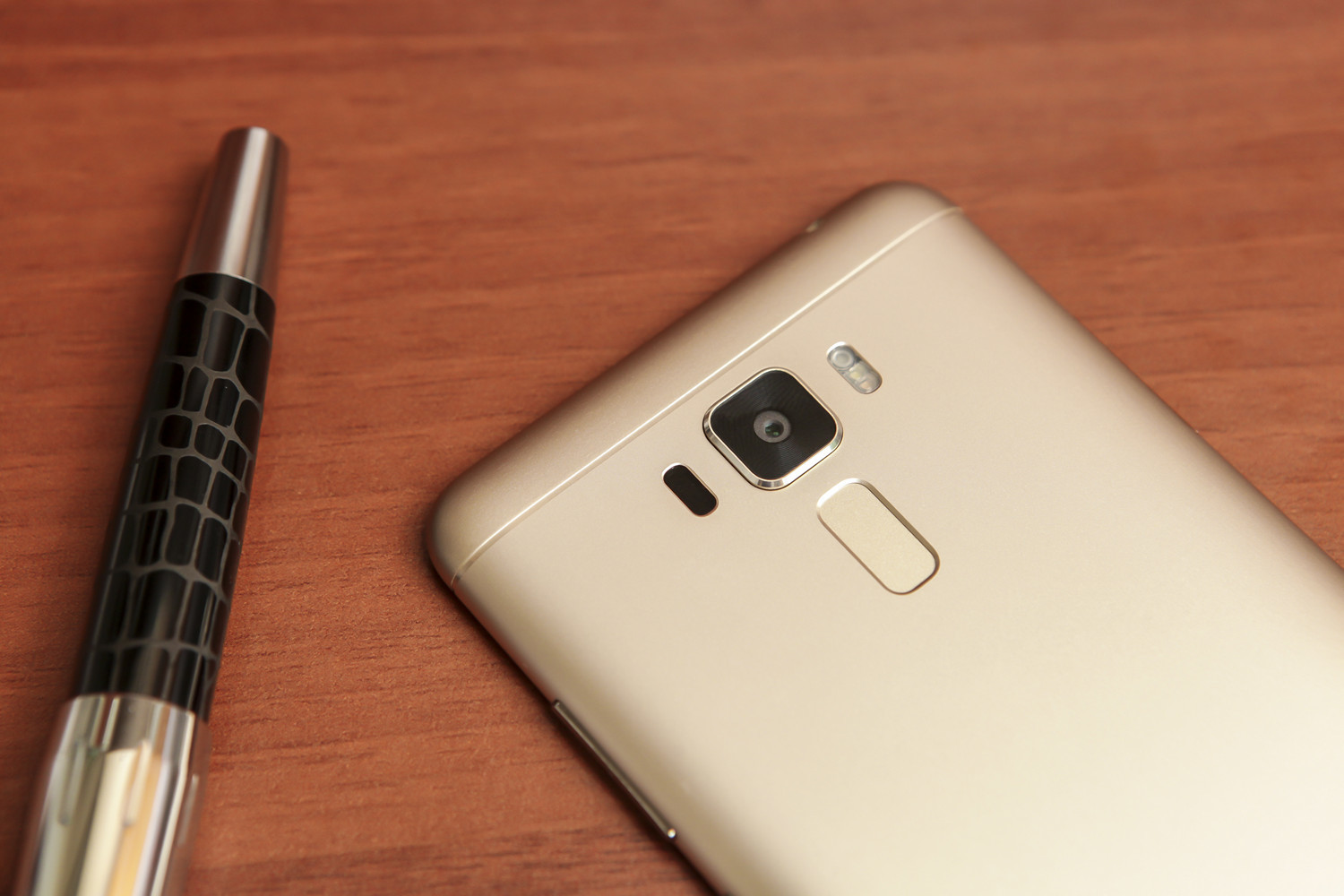
Recommended retail price: 16 990 rubles.
Source: https://habr.com/ru/post/398927/
All Articles






